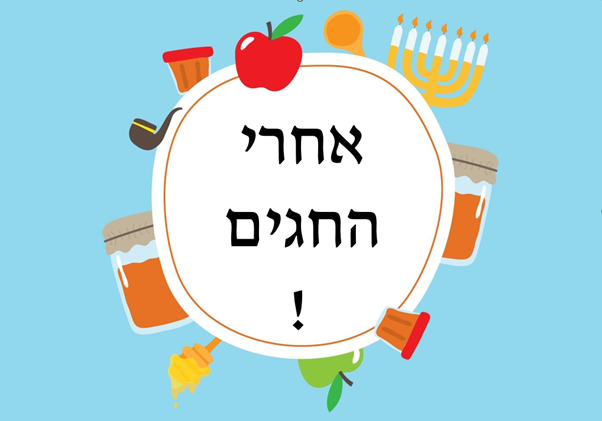Maximize Multidisciplinary Collaboration through Shared Translation Assets
In today’s interconnected world, businesses are expanding their reach across international markets. As a result, the demand for high-quality translation and localization services is increasing rapidly. To ensure consistent and accurate translations, it is crucial for all departments within a company, including product, marketing, legal, and others, to collaborate and share translation assets effectively. This blog post explores the significance of sharing translation memories, maintaining common terminology and style, and coordinating assets when working with multiple vendors. By doing so, companies can unlock numerous benefits and achieve greater success in their global endeavors.
Consistency in Brand Messaging
When different departments collaborate and share translation assets, they contribute to maintaining consistency in brand messaging across all languages and markets. By utilizing shared translation memories, companies can ensure that their product descriptions, marketing materials, and legal documents convey a consistent tone, style, and terminology. This consistency strengthens brand recognition and fosters trust among international customers, resulting in a cohesive brand experience.
For example, a company that sells shoes might want to use the same terminology for its products and services in all languages. By sharing a translation memory, the company can ensure that its shoes are always referred to as “shoes” and not “footwear” or “boots.” This consistency helps customers to understand what the company offers and makes it easier for them to find the products they are looking for.
Time and Cost Efficiency
Sharing translation assets significantly enhances efficiency and saves valuable time and resources. By centralizing translation memories, glossaries, and style guides, all departments can access and leverage the existing translations, terminology, and preferred writing styles. This eliminates redundant efforts, reduces translation time, and streamlines the overall localization process.
For example, a company that has to translate a large number of documents can save a significant amount of time by using a translation memory. The translation memory will store all of the translations that have already been done, so the company can reuse these translations whenever possible. This can save the company hours or even days of work.
Improved Translation Quality
Translation memories, glossaries, and style guides are valuable assets that contribute to maintaining translation quality. By sharing these assets across departments, companies can establish a standardized approach to translation, ensuring accuracy, consistency, and adherence to brand guidelines. Consistent terminology usage, industry-specific vocabulary, and appropriate style enhance the overall quality of translated content, minimizing the risk of errors and misinterpretations.
For example, a company that translates its website into multiple languages can use a glossary to ensure that the same terms are used consistently throughout the website. This helps to ensure that customers have a consistent experience when they visit the website in different languages.
Streamlined Legal Compliance
The legal department plays a critical role in ensuring compliance with local laws, regulations, and industry standards. By sharing translation assets with the legal department, other departments can benefit from pre-approved legal terminology, disclaimers, and other important content. This collaboration ensures that all translated legal documents accurately reflect the intended legal implications and maintain compliance across different markets.
For example, a company that does business in multiple countries may need to translate its contracts into the local languages. By sharing a translation memory with the legal department, the company can ensure that the contracts are translated accurately and that they comply with the laws of the countries in which they will be used.
Enhanced Vendor Management
In cases where a company works with multiple translation vendors, having a dedicated coordinator for translation assets becomes paramount. This coordinator facilitates effective communication, manages the exchange of assets, ensures consistency, and serves as a central point of contact for all linguistic queries. Coordinating assets between vendors promotes collaboration, minimizes inconsistencies, and fosters stronger relationships, resulting in improved translation quality and customer satisfaction.
For example, a company that works with multiple translation vendors may need to coordinate the translation of a large document. By having a dedicated coordinator for translation assets, the company can ensure that the document is translated accurately and that the translation is consistent across all vendors.
Conclusion
Effective collaboration and sharing of translation assets among departments in a company is vital for achieving success in global markets. By centralizing translation memories, maintaining common terminology and style, and coordinating assets when working with multiple vendors, companies can realize significant benefits. Consistency in brand messaging, time and cost efficiency, improved translation quality, streamlined legal compliance, and enhanced vendor management are among the many advantages that result from effective asset sharing. Embracing this collaborative approach will empower businesses to establish a strong global presence, connect with diverse audiences, and build lasting relationships worldwide.





